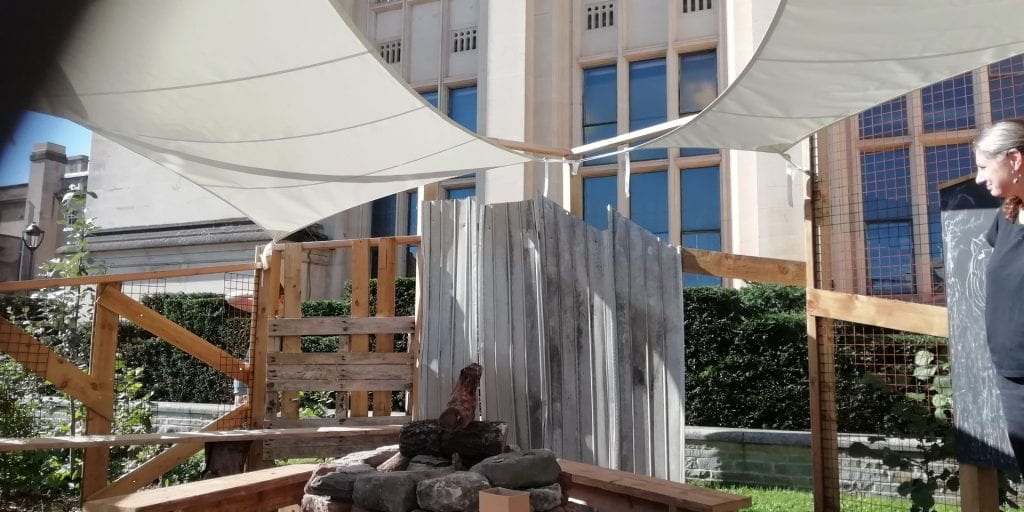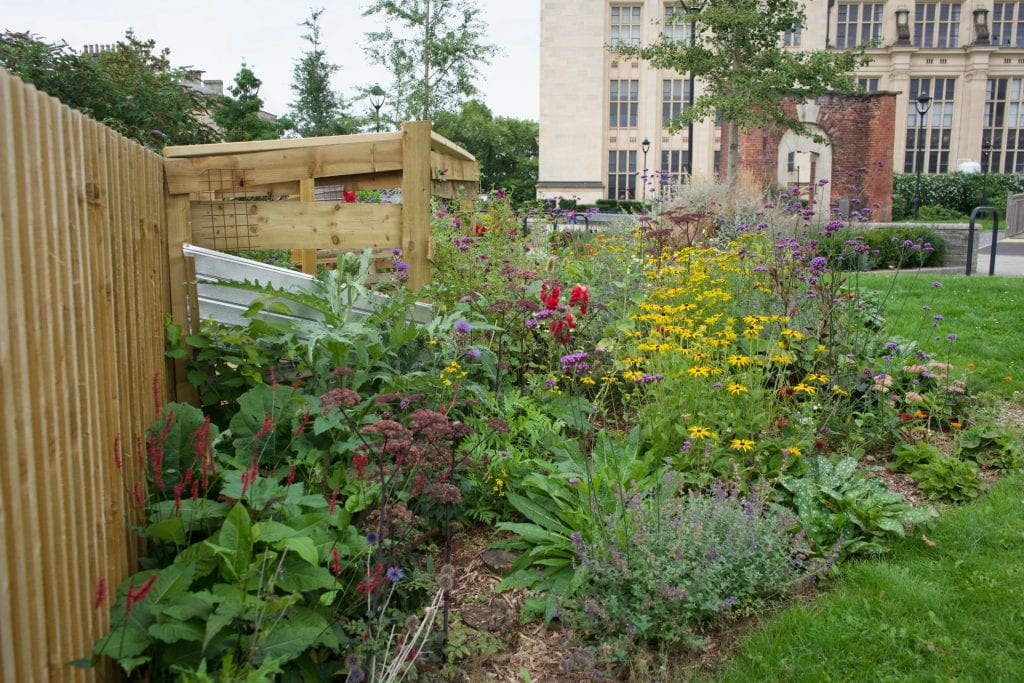How do we negotiate the politics of environmentalism – which can draw on ideas of invasive vs indigenous – and the politics of migration? How and why does language matter in policy debates over environment and migration?
Humans and nonhumans regularly migrate. Birds and insects move to seek food and more hospitable temperatures. Humans also migrate from hostile conditions. News reports of ‘swarms’ of Harlequin ladybirds ‘invading’ Britain echoes language used by the UK press to describe human migration and asylum seeking. Ladybirds journey across Europe following street lamps and the lights of cross-channel ferries, while Marmalade hoverflies choose days when favourable weather assists migration across the channel. Such parallels offer us spaces to think with more-than-human migration in messy contexts such as climate change, whilst attending to complexity and resisting othering or colonizing metaphors.
This project asks:
- How we create spaces hospitable to migrations of humans and nonhumans?
- How might ecological thinking enable the cultivation of understanding about migration and the challenges of hostile environments?
- What would a more level ground look like, feel like, and who would maintain it?
- Are there connections between routes and roots?
- Can the naturalized ever become native?
We have co-created two hospitable plots within Royal Fort Gardens with and for migratory humans and nonhumans.
“The Hearth” is a space for group conversations, learning and for events. Find out how to book this space.


“The Hide” is a space for individual reflection and one – to – one conversation.
The spaces are a living classroom for discussions between researchers, students, policy makers and publics. Book the spaces.
As you wander around the plots, you can discover QR codes that lead to podcasts and field recordings from this project.

